Search results for: “system”
-
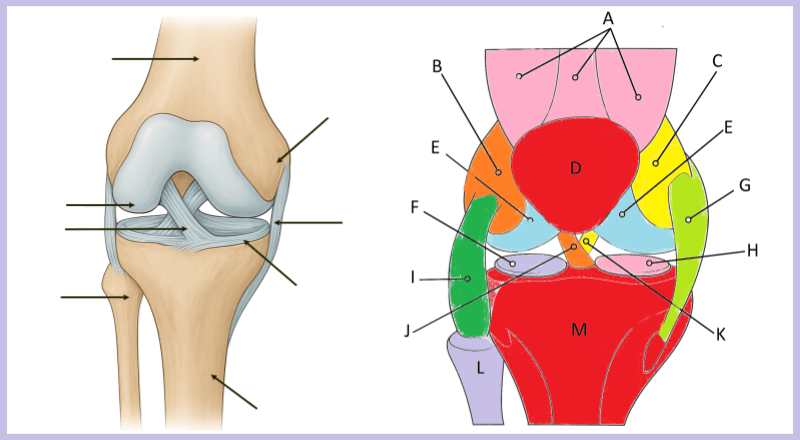
Explore the Anatomy of the Knee and ACL Injuries
Are you teaching the skeletal of muscular system and want a way to make knee anatomy more engaging for your students? This worksheet explores the most common knee injury in sports, a tear in the anterior cruciate ligament. This injury occurs when an extreme twisting of the knee tears the ligament that stabilizes the joint.…
-
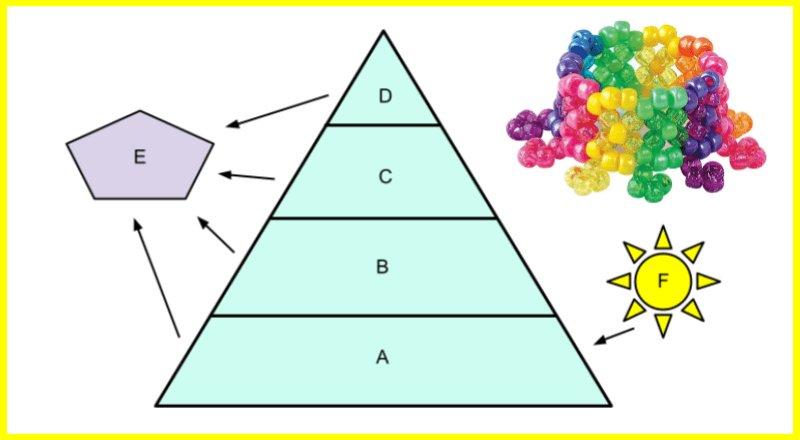
Modeling Ecological Pyramids
Looking for a way to include hands-on activities in an ecology unit? I’ve struggled with student engagement in this unit, mainly because so many of the concepts involve models. In this activity, students use beads to model the three types of ecological pyramids: pyramid of numbers, pyramid of biomass, and pyramid of energy. Each group…
-
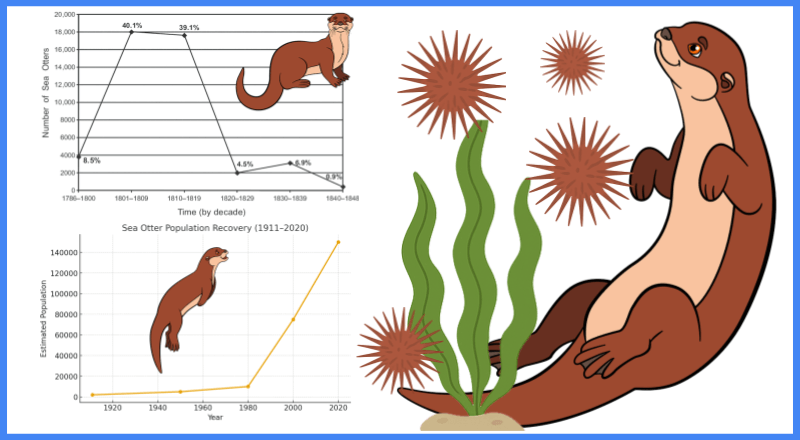
Case Study – Sea Otters and Kelp Forests
What if one small, furry animal could decide the fate of an entire ecosystem? That’s the story of the sea otter, a species once hunted nearly to extinction for its valuable fur, and now celebrated as a hero of the ocean. This case study resource is designed to bring that powerful story into the biology…
-
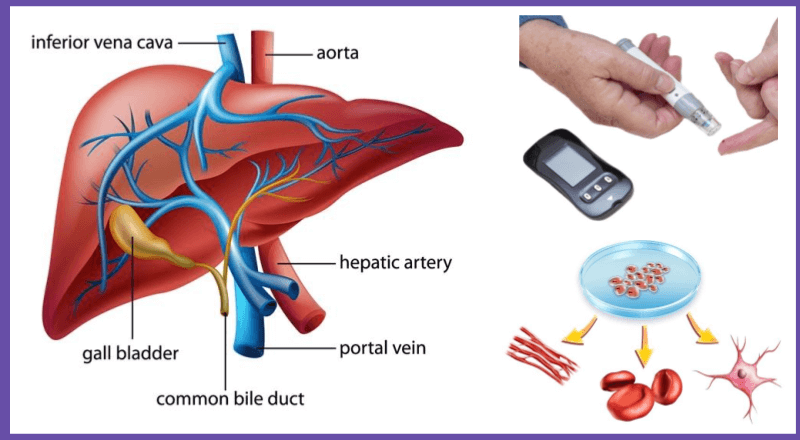
Stem Cell Therapy for Type 1 Diabetes
Teaching stem cells and medical applications can be tough, and students often struggle to connect it to the real world. That’s why I created this worksheet about a new treatment for Type 1 diabetes. Zimislecel, a cell therapy that uses lab-grown islet cells to restore insulin production. This stem cell therapy could reduce the need…
-
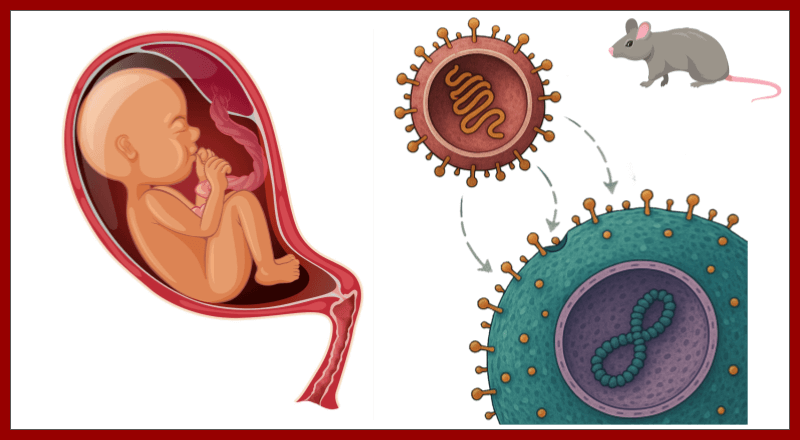
Case Study – The Placenta, MS, and a Viral Past
What if we told your students that a gene critical to human pregnancy came from a virus? And what if that same gene, when turned on in the wrong place, might play a role in multiple sclerosis? This is the real and fascinating story behind Syncytin-1, a protein that reveals just how tangled the relationship…
-

Case Study – Measles, Immunity, and Vaccines
How do you teach students that measles isn’t just “a childhood rash”? That it can erase years of immune memory—and even lead to serious complications like brain inflammation? Meet Maddie, the fictional but research-based subject of a new classroom case study. This resource brings science to life through narrative, helping students understand the biology of…
-

Case Study – Sleepless, Not Tired
Ever wish your students were as engaged with biology as they are with Netflix? What if you could teach them about brain anatomy, genetics, and sleep regulation—all through the story of a real-life “super sleeper”? Enter “Sleepless, Not Tired”, a classroom-ready case study that follows Lena, a college freshman who only needs five hours of…
-
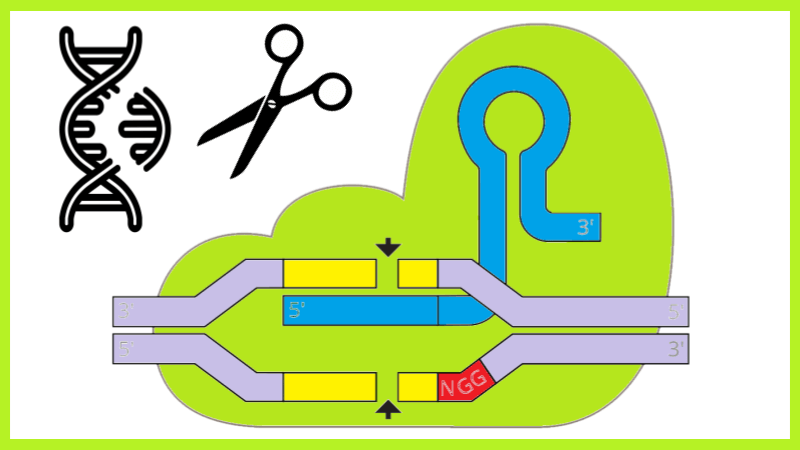
How Does CRISPR Work? A Coloring Activity
Gene editing might sound complex, but what if you could color your way to understanding it? CRISPR-Cas9 is a gene-editing tool that allows scientists to precisely cut and modify DNA. Inspired by a natural defense system in bacteria, CRISPR uses a guide RNA (gRNA) to direct the Cas9 protein (a molecular scissor) to a specific…
-

Case Study: Heart Transplant Recipients
A heart transplant is a life-saving procedure for patients with end-stage heart failure, but not everyone qualifies. This process involves strict medical evaluations, organ matching, and precise surgical techniques. In this case study, students explore the procedures involved in this life saving technology. The case includes three major sections, which questions and diagrams for students…
-
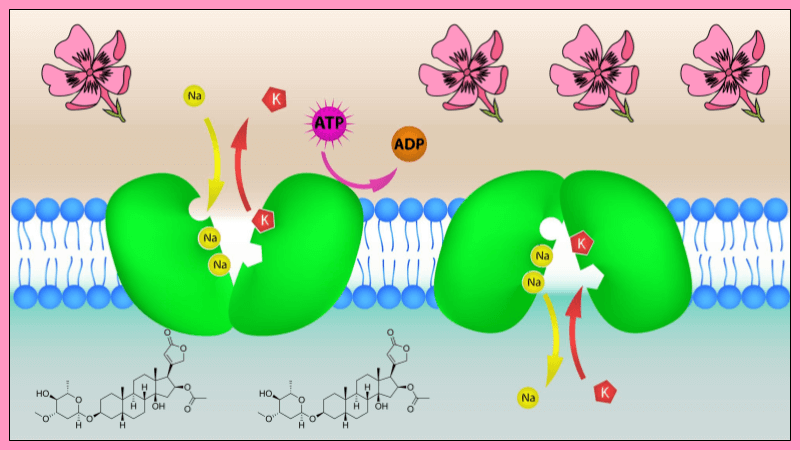
Case Study – A Brush with Oleander
When teaching about the fascinating and sometimes dangerous world of plants, there’s nothing quite as engaging as a real-world case study. Explore the case of deadly white oleander, when a landscaper accidentally poisons herself. This case study offers a multidisciplinary approach for teachers looking to enrich a biology unit on plant physiology. Learners also explore…
-
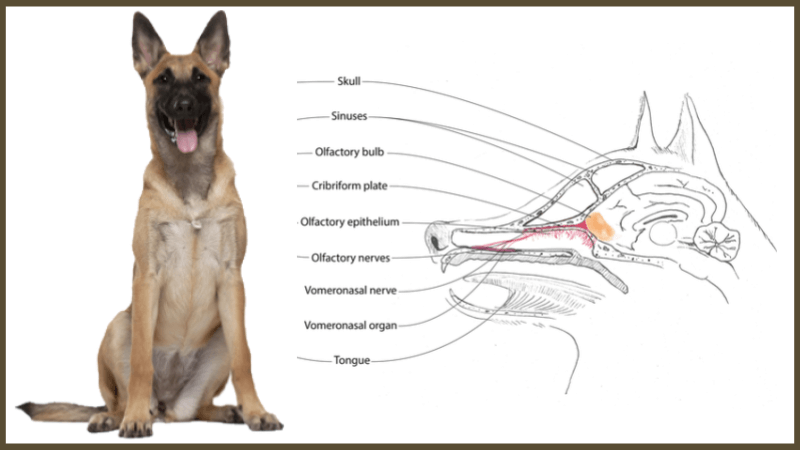
Cadaver Dogs – Unsung Heroes in Forensics
In this activity, students explore the fascinating role of cadaver dogs in forensic investigations. The lesson begins with students reading an engaging article detailing how cadaver dogs are trained, their unique capabilities, and real-world applications in solving crimes. Following the reading, students will answer a set of thought-provoking questions that test their comprehension and encourage…
-
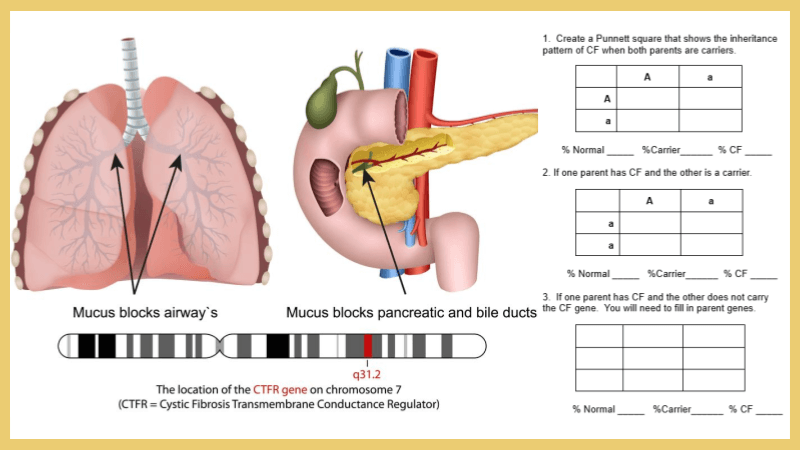
Cystic Fibrosis – Overview and Genetics
Cystic fibrosis (CF) is a genetic disorder that affects the lungs, digestive system, and other parts of the body. Mutations in the CFTR gene on chromosome 7 leads to the production of thick, sticky mucus that can block airways and digestive ducts. Patients deal with lung infections and lack of nutrition because the mucus interferes…
-
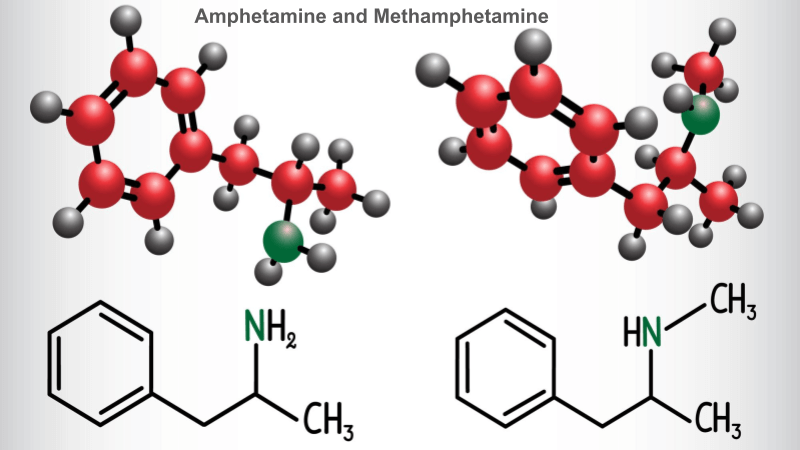
Exploring the Chemistry of Adrenaline
Explore the fascinating relationship between the structure and function of four important molecules: adrenaline, phenylephrine, pseudoephedrine, and methamphetamine. These compounds share a common framework but differ in their functional groups, which affects how they work in the body. By coloring the diagrams, students identify key features, such as hydroxyl and methyl groups. Small changes can…
-
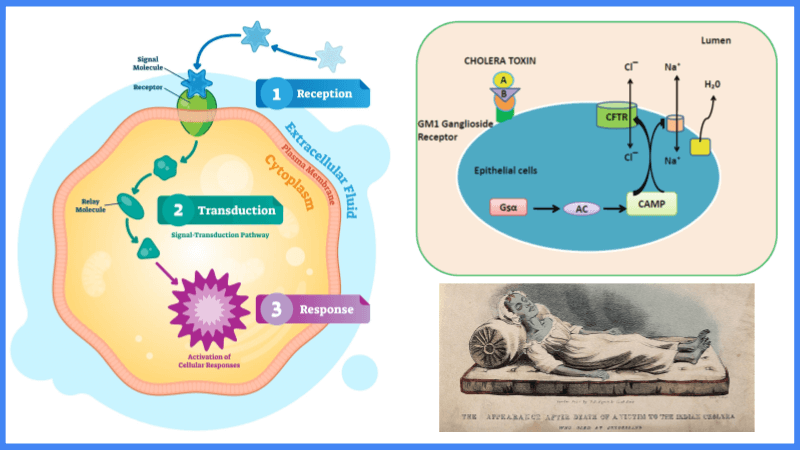
Cell Signaling – Comprehensive Unit Plan
Cell signaling is the process by which cells communicate with each other and respond to external stimuli, ensuring the coordination of vital biological functions. This system involves a signal binding to a receptor on a target cell, and triggering a series of intracellular events. These signaling pathways often include second messengers, protein kinases, and phosphorylation…
-

Fading Memories – A Case Study on Alzheimer’s Disease
This case study offers an intimate look at Alzheimer’s disease through the eyes of a granddaughter navigating her family’s experience. Written in a narrative format, it allows students to explore the scientific and emotional dimensions of this neurodegenerative disease in a relatable, engaging way. This case study goes beyond the textbook to present Alzheimer’s disease…

